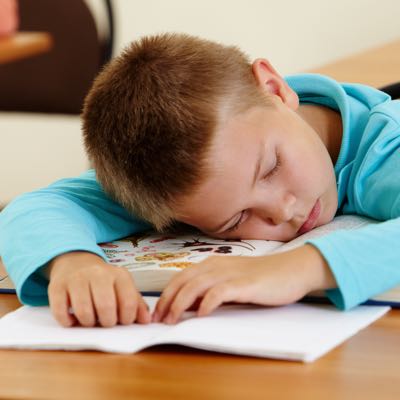While similar to adult sleep disorders, childrens’ sleep dysfunctions can have their own unique causes and have a lasting impact on your child’s physical and mental wellness. Our facility is equipped to address a complete range of pediatric sleep disorders, including:
Sleep Schedule Abnormalities
- Insomnia
- Narcolepsy
- Delayed sleep phase
- Excessive napping
- Confused arousal
- Difficulty falling asleep or staying asleep
- Resistance to normal sleep/wake times
Sleep schedule abnormalities can appear in children of any age, even infants not yet old enough to speak. Young children can fall asleep at inappropriate times. Teenagers can seem to have their schedule “switched” to sleeping during the day and falling asleep and night. Children can awaken during the wrong sleep phase and be disoriented for long periods of time. These issues can be linked to underlying biological problems, genetics, behavioral conditions or environmental disruptions.
Parasomnias and Other Nighttime Occurrences
- Excessive sleepwalking (somnambulism)
- Excessive sleep talking (somniloquy)
- Teeth grinding (bruxism)
- Bed wetting (nocturnal enuresis)
- Excessive nightmares
- Night terrors
- Sleep paralysis
Parasomnias are any abnormal behaviors, emotions, movements, perceptions and even dreams your child has during sleep. While their causes can be difficult to identify, they can lead to chronic daytime sleepiness, stress and other behavioral concerns for your children. Brain wave analysis can often shed some light on the underlying causes or reveal that outlying factors, like emotional needs, may be the culprit.
Sleep Apnea and Snoring
- Obstructive sleep apnea
- Central sleep apnea
- Obesity hypoventilation syndrome
- Excessive snoring or noisy breathing
Breathing difficulties during sleep can disrupt your child’s rest, causing frequent waking, low sleep quality and putting stress on other body systems. The most common causes in children are swollen tonsils or adenoids and obesity. Chronic breathing difficulties may contribute to concerns like attention deficit disorder, but many can be treated with medical intervention.
Involuntary Movement
- Periodic limb movement disorder
- Headbanging
- Muscle twitches
- Restless leg syndrome
Involuntary movements, like head banging and muscle twitches, can pose a risk to children that flail during sleep. Others, like restless leg syndrome, prevent children from obtaining restful sleep. RLS is characterized by your child experiencing unbearable, uncomfortable sensations in the legs accompanied by the overwhelming need to move. It usually surfaces at bed time and can be incredibly upsetting to experience.
Seizure Disorders
- Juvenile myoclonic
- Benign epilepsy
- Awakening grand mal
- Landau-Kleffner syndrome
In some children, it is possible for most of their seizures to occur during sleep. The signs can be as subtle and small jerks or hiccups. Catching seizure activity during sleep can be a key element in diagnosing their seizure disorder early or finding the best courses of treatment for a known disorder.
